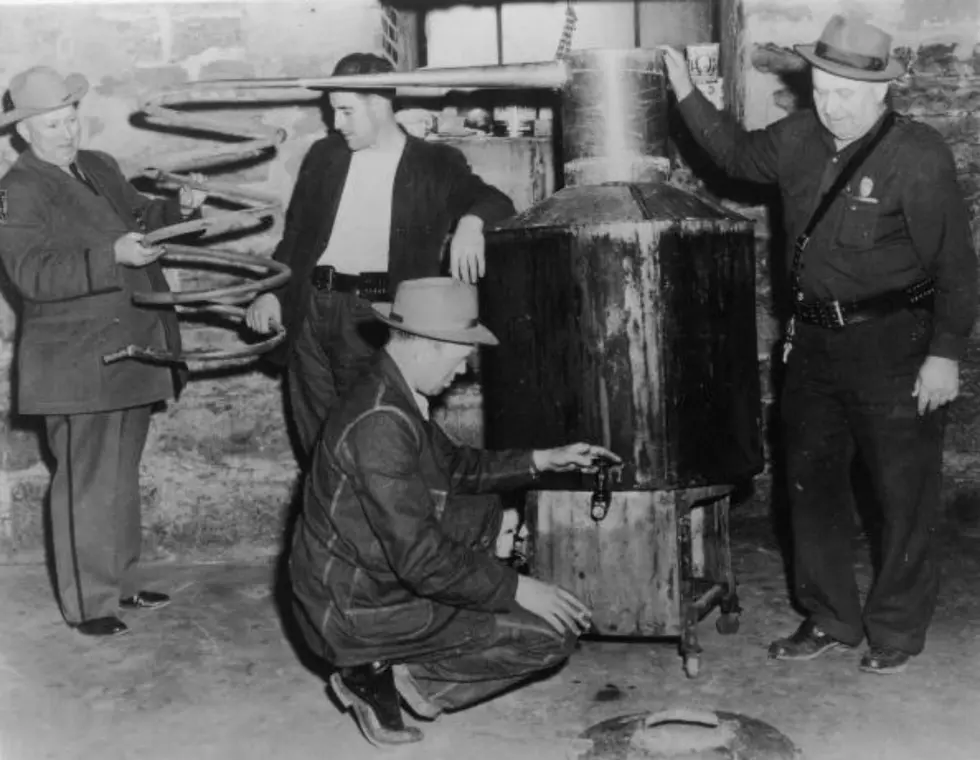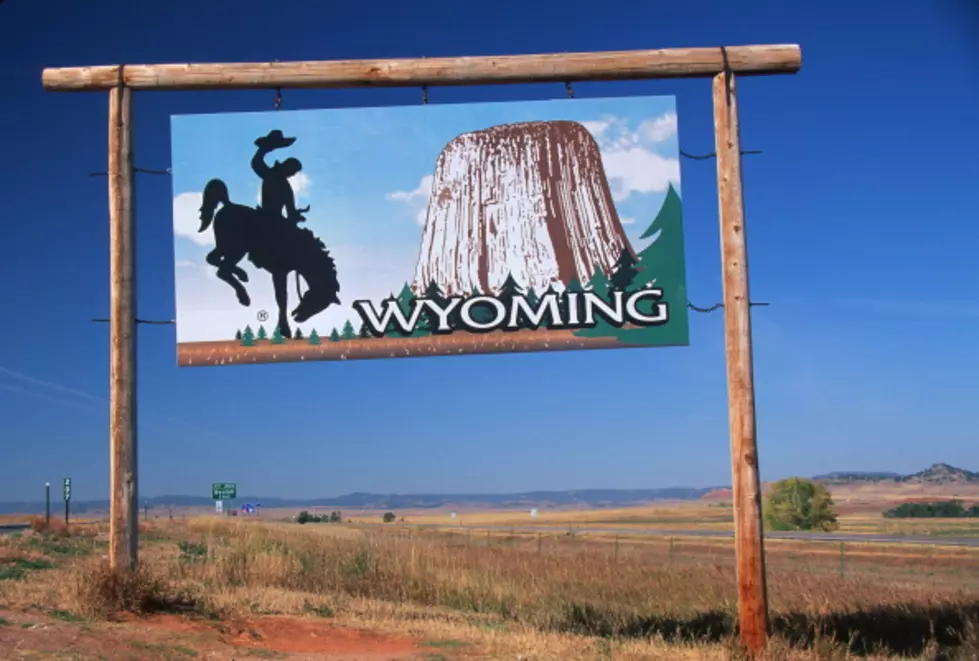
The History of Prohibition in Wyoming
This week marks the 97th anniversary of the Volstead Act, which officially enacted prohibition on January 16, 1920.
While most Wyoming politicians favored the recently passed 18th Amendment, at least publicly, the new law was rarely enforced in most parts of the state.
Many of Wyoming's saloons continued to operate, either in the open, or as "blind pigs" and "speekeasies".
While the booze was still flowing in places like Cheyenne, Laramie, Sheridan and Casper, two Wyoming towns became havens for bootleggers and mobsters.
Kemmerer was Wyoming's most notorious town in the era.
Local stills produced enough booze to supply the entire mountain west region. Before long, the tiny town earned the nickname “Little Chicago“.
Kemmerer was also known for its many houses of ill repute. Long after prohibition was repealed, ladies of the evening were openly plying their trade. In 1969, the prostitution houses were finally shut down.
Several tributes to Kemmerer’s past remain on display, including Chicago Street, a weekly newspaper called “The Little Chicago Review” and several of the old stills, which are proudly displayed at the nearby Fossil Butte National Monument.
Kemmerer was the home of Wyoming’s largest bootlegging operation, but it wasn’t the only town in the Cowboy State that profited from prohibition.
While miners in Kemmerer were distilling moonshine, Italian immigrants in Rock Springs were brewing wine.
Train cars would deliver shipments of grapes from California to a factory on Front Street, where they were used to make the city’s signature “Dago Red” and were then shipped across the west.
The wine making operation also marked the introduction of organized crime in the area, which continued to influence Rock Springs for decades.
More From 107.9 Jack FM


![Why Wyoming Is The Absolute Worst [VIDEO]](http://townsquare.media/site/98/files/2016/12/Wyoming.jpg?w=980&q=75)






